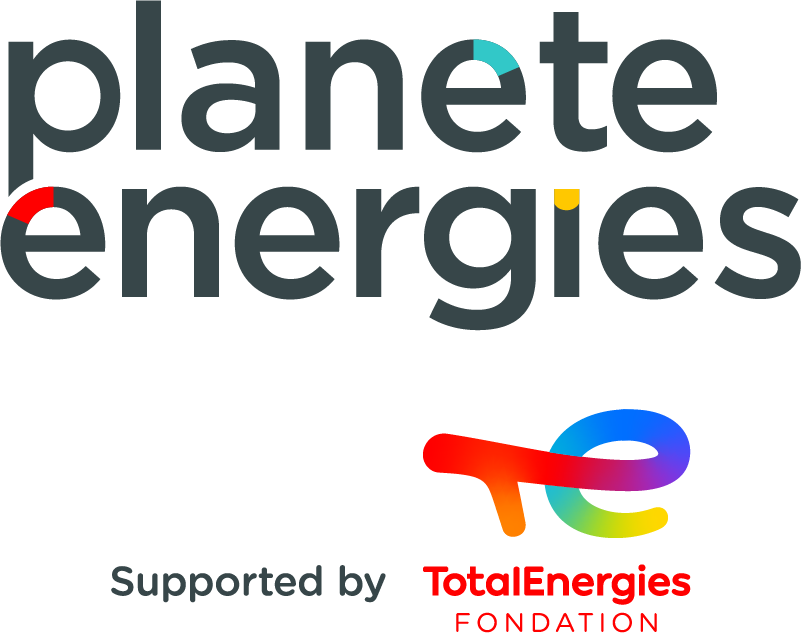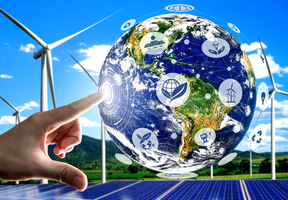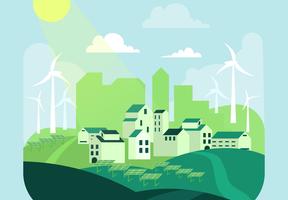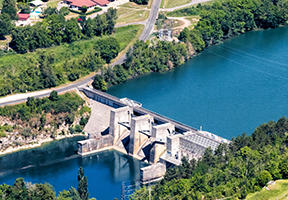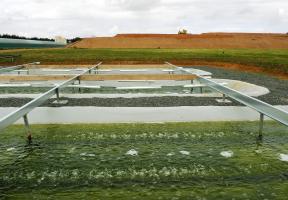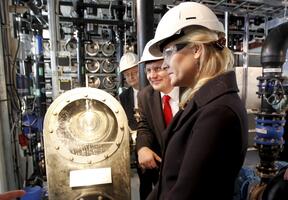Big Data Permeate the Energy Industry
10 min read
In the energy industry, digital technologies have a dual impact: they penetrate all industrial processes and fundamentally change how we work, and they also shake up the relationship between suppliers and consumers – especially in markets – through the use of powerful aggregation platforms.

© PASCAL LAURENT - TotalEnergies - Supercomputers are increasingly powerful. Pictured here is Total's Pangea supercomputer, used to model oil and gas reservoirs.
The industrial Internet is preparing the plant of the future
Digital data processing has been used by the oil industry for a number of years to study reserves, helping to generate increasingly accurate images of reservoirs and provide a closer understanding of subsurface fluid movements. These techniques require the use of supercomputers with a power of several petaflops (FLoating-point Operations Per Second), in other words, the ability to carry out several millions of billions of operations per second1. To give an example, Total's Pangea super computer has a power of 6.7 petaflops, or the equivalent of 80,000 laptops, and a storage capacity of 26 petabytes, equivalent to six million DVDs2.
The use of digital technology has expanded in recent years in all sectors of the industry. Flows of data are collected from machines and installations using thousands of sensors, and then analyzed to recover all sorts of information, big data can be used, for example, to:
- Help train technicians using industrial process simulators in the same way that flight simulators are used in the aeronautical industry.
- Develop augmented reality tools and autonomous robots that can carry out many operations.
The only obstacle to developing these techniques, besides the cost, is the issue of security. Piracy and hacking risks mean that the most sensitive processes need to be isolated to ensure that facilities cannot be taken over from the outside.
A shift in the relationship between suppliers and consumers
Consumers’ increasingly broad Internet access, the development of connected objects, and local energy production by homeowners are all factors that have contributed to a fundamental shift in the relationship between service providers and users. This trend is reflected in the growth of car sharing, online property rental and the "uberization" of entire market sectors.
Electric power distribution is particularly sensitive to these digital innovations. Centralized, one-way operator-to consumer-networks are gradually moving over to make room for smart grids – a "mesh" structure that allows remote producers to inject electricity into the grid and to draw power when needed. These networks, which facilitate the exchange of data in both directions, also help to aggregate user communities and guide their consumption.
These changes have prompted certain economists, including Jeremy Rifkin, to forecast a producer/consumer driven "third industrial revolution". However, other experts believe there will be a more complex balance between the established, centralized system and new ways of operating.
Public confidence is a key roadblock in the development of big data and how we use it, as many people worry about having personal data detailing their daily habits released, unchecked, into cyberspace.
Source :
